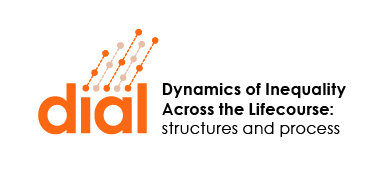This paper looks at recent increases in relationship dissolution across eight European countries. It finds the phenomenon is more prevalent among childless and cohabiting couples as well as among those with lower levels of education.
As separation is more common among the childless, the numbers of children affected may be lower than previously thought. But parents can be negatively affected by the impact of separation on their children, and children by the impact on their parents.
The researchers used retrospective life history data which allowed them to view divorce and separation from the perspective of children as well as adults. It found separation rates were higher in Estonia, Sweden and the United Kingdom, and lower in France and Belgium.
The research looked at links between parenthood and separation, the association between education and separation and the interaction between these two factors. It also asked how this interplay had changed over time.
There was an increasing tendency for relationship breakdown to take place among the childless and the less well educated, it found. So the children affected tended to be in lower-educated families, and the impact of these two factors together intensified social inequalities. Among the higher educated with children, the increase in separation was much lower than what the general trend in dissolution would lead us to believe.
However, there were exceptions to the findings, notably the UK and Estonia; suggesting countries with high levels of inequality and weak welfare systems might experience the phenomenon differently.
The researchers concluded that long-running genealogical panel studies might help shed further light on the perspectives of children and adults about the separation process.
